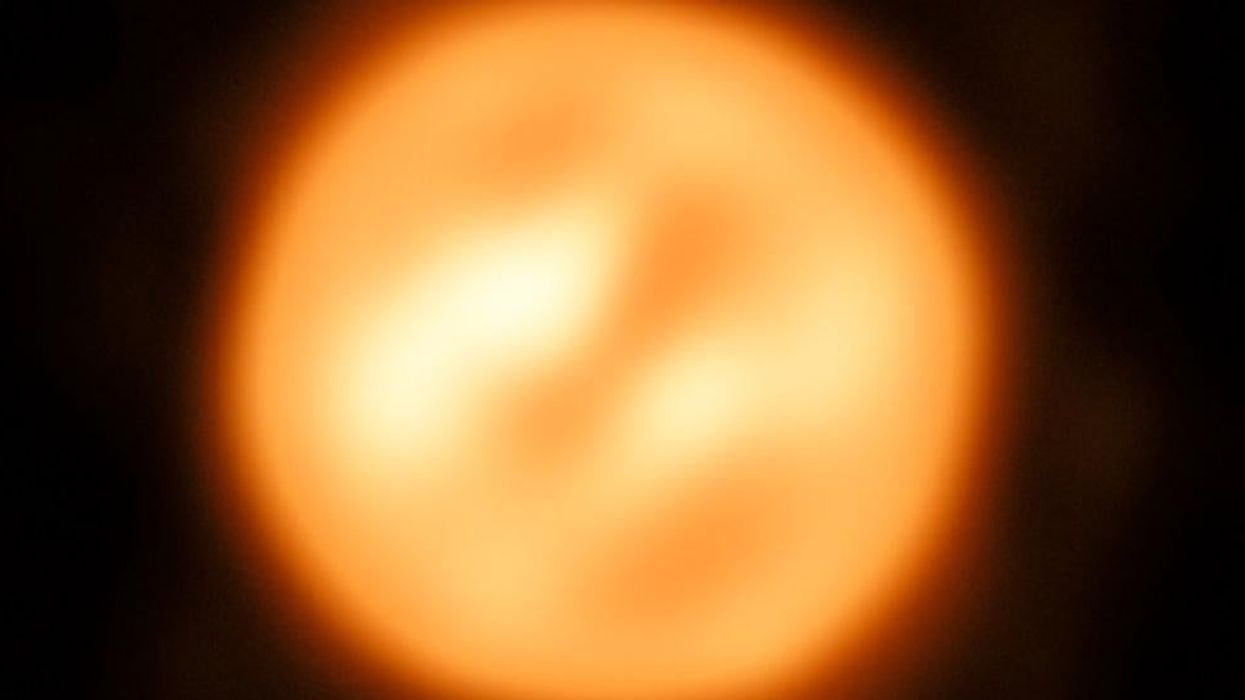News
Greg Evans
Aug 25, 2017

Picture:
Twitter/ Screengrab
With the exception of our own Sun, the only real exposure we currently get to stars are the tiny pin-pricks of light in the night's sky.
So little is is known of about the spheres of plasma constantly churning out heat and light.
Until now.
Astronomers at the European Southern Observatory's Very Large Telescope facility in Chile have managed to capture the most detailed image of an alien star ever.
The star in question is Antares, the fifteenth-brightest star in the night sky, and it looks a little something like this.
The observatory have also released a video explaining a little bit more about the star and other research they have conducted on it.
Antares is known by experts as a red super giant, due to it's rosy tint, which can actually be seen by the naked eye.
It can be found in the Scorpius constellation in the southern hemisphere, near the middle of the Milky-Way.
What makes this photo so impressive is the fact that Antares is 550 light years from Earth.
That works out at five thousand million million km, which is quite frankly unbelievable.
If that wasn't staggering enough, they also learned that the star has a mass 15 times the size of our Sun.
If it was placed at the edge of our solar system it's outer layers would reach Mars.
Just like us the good netizens of Twitter are also astounded by this news.
Unfortunately for Antares, it is entering the final phase of it's life span before it becomes a full blown supernova.
The star will eventually lose it's mass, a phenomena that has remained a mystery to scientists. There are hopes to learn more about this decaying process by measuring the gas motions emitted from the star.
Keiichi Ohnaka, who is the first author of the paper on the star, is quoted by the Guardian as saying:
How stars like Antares lose mass so quickly in the final phase of their evolution has been a problem for over half a century.
The VLTI is the only facility that can directly measure the gas motions in the extended atmosphere of Antares – a crucial step towards clarifying this problem.
The next challenge is to identify what’s driving the turbulent motions.
This turbulence is an unexpected discovery and it remains to be seen what further research will conclude.
Meanwhile, we'll just enjoy the astonishing pictures.
HT Twitter Space Guardian Nature
More: The first protest in space just happened, and it was against Donald Trump
Top 100
The Conversation (0)












